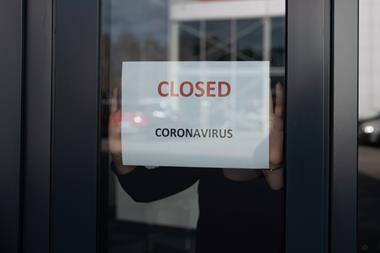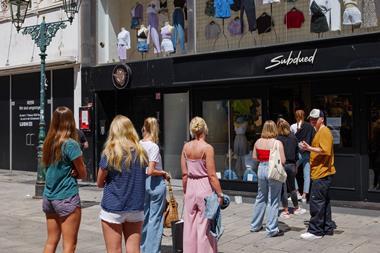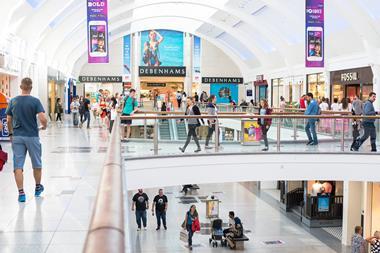Vacancy rates across UK shopping destinations increased to 12.4% in the second quarter of 2020, compared with 12.2% in the first quarter.
This is the eighth consecutive quarter of increasing vacancy rates according to the latest data from the BRC-Local Data Company vacancy monitor.
Shopping centres saw the highest increase in vacancy rates, rising to 14.3% rise from 14.1% in the previous quarter.
High street vacancies stood at 12.4%, in line with the overall rate, up from 12.3% in the first quarter.
Retail parks also saw an increase in vacancy rates from 8.2% to 8.3% between the first and second quarters of 2020.
Greater London saw the biggest regional rise in vacancy rates across the UK, climbing to 9.1% from 8.9%.
BRC chief executive Helen Dickinson said: “The second-quarter rise in the vacancy rate across retail sites was modest, as government support allowed many locations to survive lockdown.
“However, the full effects of the pandemic are yet to be seen, with government slowly withdrawing the relief that substantially reduced costs over the last period. How many stores are left standing will depend on how demand recovers going forward and the recent rise in vacancy rates is just the beginning.
“Retail parks continued to fare better than high streets and shopping centres due to their extra space, on-site parking and a broader mix of food and non-food retailers, but this was still not enough to prevent a slight increase in vacancy rate.
“The shuttering of too many shops on our high streets will threaten the vibrancy of town centres, and damage local economies. With many months of rent having built up during lockdown, the Government must ensure local stores are not shouldered with unpayable debts. Without action, there will be unprecedented retail and business failures, job losses and knock-on consequences for highly geared property owners.”


























No comments yet